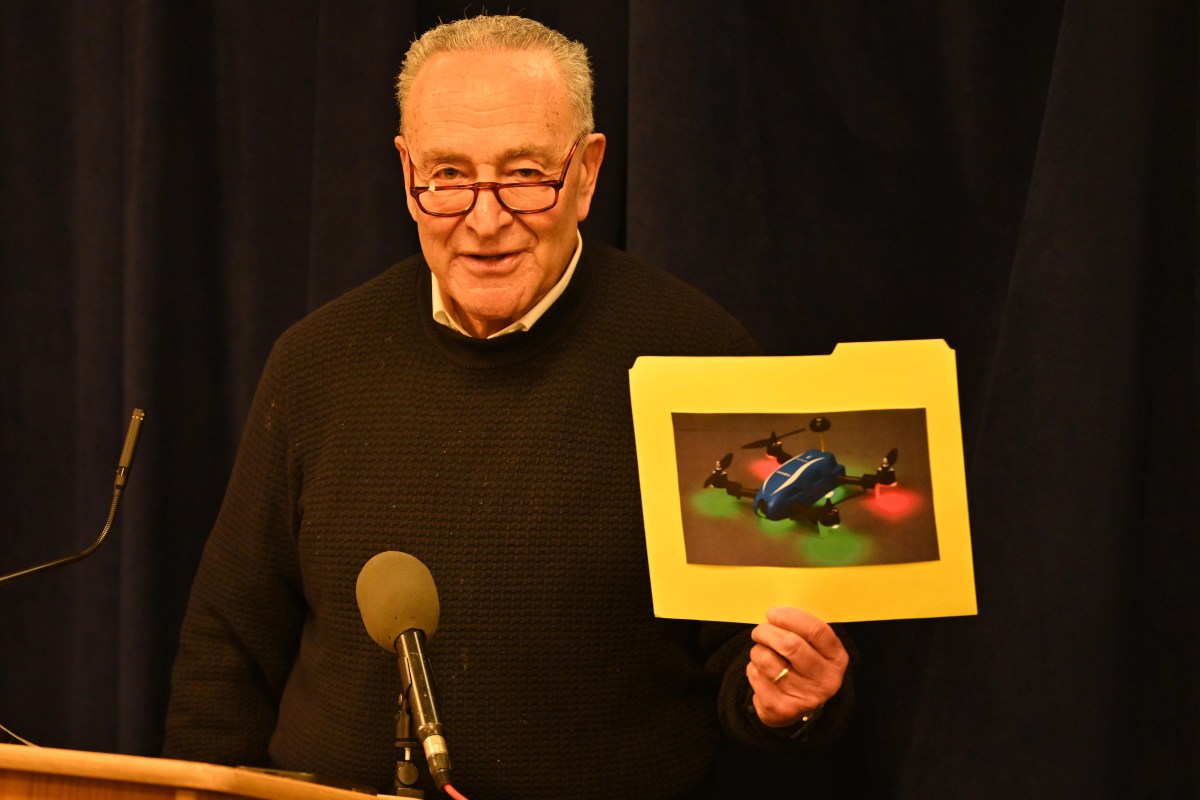As the investigation continues into the details of the bird strike that forced US Airways Flight 1549 to land in the Hudson River, authorities are calling for better detection methods and elected officials are targeting bird populations.
City Councilmember David Weprin, whose district lies between flight paths for LaGuardia and JFK Airports, called for a “geese reduction program” at a press conference on Sunday, January 25, 10 days after the incident.
Weprin suggested a three-pronged campaign: expand existing programs to shoot geese around airports; locate nests and cover eggs with oil, which would prevent hatching and to scatter gravel around nesting sites.
He was joined by state Senators Hiram Monserrate, who represents Corona, and Eric Adams from Brooklyn.
The Board of Governors of the Port Authority called for an evaluation program of a new detection system currently being tested at JFK to be expanded to cover the entire area, including Newark and LaGuardia Airports.
According to Jim Peters, a Federal Aviation Administration (FAA) spokesperson, that may not happen soon.
“The equipment is an improved system to detect debris on the runway - though it has some capability to detect flying birds,” Peters explained. “It’s being evaluated in tests at JFK, Seattle, Washington and Vancouver, British Columbia,” he added.
Even the FAA calls for “wildlife mitigation” around airports to reduce bird strikes, which are voluntarily reported by air carriers to the airport operators, who convey the information.
Their recommendations include filling in ponds “where applicable,” cutting grass, the use of dogs, noise, bird effigies and shooting.
The FAA also recommends study of “wildlife attractants” five miles from airports.
For Queens, this includes not just wetlands around the runways, but also Gateway National Park, Jamaica Bay and around Rikers Island, and numerous Nassau County golf courses.
The other problem is with the birds themselves, especially the suspected culprit in the Flight 1549 incident, the Canada Goose.
Despite the name, many of these birds are not from Canada, but are “residents.” Migration is a learned behavior, according to experts, and once a population settles in an area with suitable water and grasslands, they migrate less than 200 miles during the year.
Of the seven species, the largest, Canadensis Maxima are found year-round in the New York metro area and as far south as Kentucky. Although the species was almost wiped out in the 1950s, restocking and environmental improvements facilitated their comeback.
These geese can be four feet tall; the largest recorded weighed over 22 pounds and had a wingspan of nearly seven feet, according to reports. They typically weigh in the 10 to 12 pound range and can live for 20 years in the wild.
Keeping track of them is no easy task; all the species look basically alike, with a brownish body, black neck and white “chin strap,” as do the males and females (which are slightly smaller.)
They build their nests on the ground, well hidden and when not incubating the eggs, stand guard at a distance, so as not to reveal the location to predators.
As for Flight 1549, a four-expert team headed by scientist Carla Dove at the Smithsonian Institution in Washington, D.C. will report to the National Transportation and Safety Board (NTSB) - which can take as much as a year to complete their investigations and issue a report.































